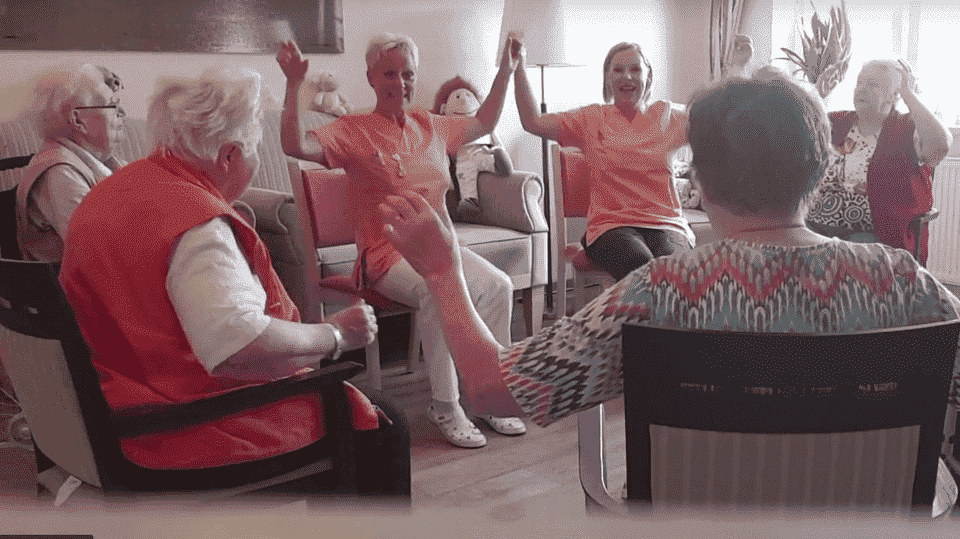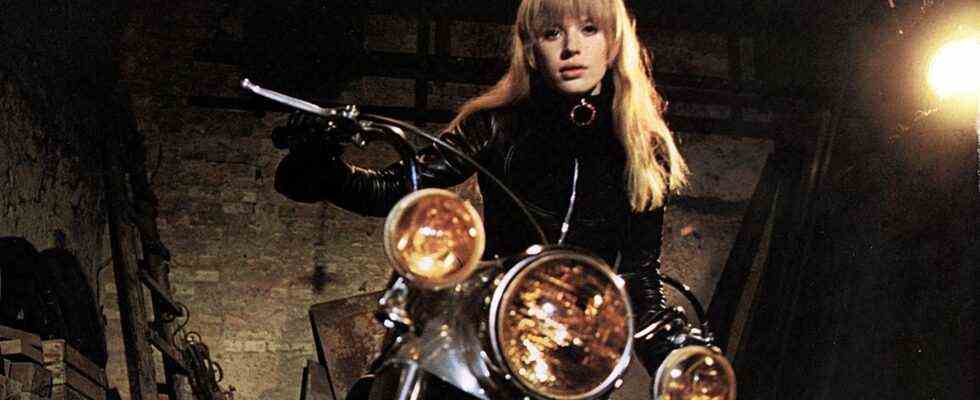She loved the wild life, Mick Jagger, the heroin. Marianne Faithfull was a star in the 60s. Then came the crash, homelessness. She jumped the shovel of death several times. Now the diva of dark pop is 75.
This year Marianne Faithfull once again jumped death off the shovel. While working on her album “She Walks In Beauty”, she contracted Corona and spent three weeks in intensive care. “I almost died,” said the singer in an interview with the Los Angeles Times. “The damage is pretty bad – my lungs, my memory, and the fatigue.” But in her eventful life, Faithfull has already put up with many health setbacks. She is now 75.
On her celebrated “She Walks In Beauty”, the British woman combines poetry and music. With her unmistakably smoky voice, she reads works by Thomas Hood, Lord Tennyson and John Keats to the instrumental accompaniment of music greats such as Warren Ellis, Nick Cave and Brian Eno. This is in every way a far cry from the beginning of her career, which was often overshadowed by her relationship with Mick Jagger.
Wild rock and roll life
The single “As Tears Go By” made the native of London famous in 1964 at the age of 17. The then Rolling Stones manager Andrew Loog Oldham discovers the blonde with the pout at a party and sees star potential. Oldham lets the singer, who still has a delicate voice, record the ballad written by Jagger and Keith Richards – the first of several hit singles.
In 1965 she married John Dunbar and shortly thereafter gave birth to son Nicholas. But the temptations in London in the Swinging Sixties are too great for Faithfull. She leaves Dunbar for Jagger just a few months after the wedding and enjoys the wild rock and roll life. From then on, it was not her music, but the relationship with the Rolling Stones singer that determined the press coverage of her – and she never got rid of this topic completely.
Above all, the notorious raid on Keith Richards’ house in February 1967, during which she was reportedly standing naked in front of the police in a fur coat, hangs on her to this day. “Naked girl at Stones-Party” is the headline of the “Evening Standard”. According to Faithfull, her life was turned upside down after the raid. “It broke me,” she writes in her autobiography. “When a man is addicted to drugs and behaves like that, it is always seen as enhancing and glamorous. A woman in such a situation is seen as a slut and a bad mother.”
Marianne Faithfull: “I wanted to disappear”
She becomes pregnant by Jagger, but has a miscarriage. After an overdose of sleeping pills, she is in a coma for several days. Your drug use is spiraling out of control. She becomes addicted to cocaine and then to heroin. She loses custody of her son, becomes anorexic and lives on the street for almost two years. “I lived on a wall in Soho,” she recalls in the Guardian. “It was exactly what I needed back then, it was complete anonymity. I wanted to disappear. I wanted to get out of this world.”
Still addicted to drugs, she returned in 1979 with the album “Broken English” and a new tone color. Instead of the melodic one, she now has a hoarse, deeper voice that becomes her trademark. The song “The Ballad of Lucy Jordan” became a world hit, and in Germany the single made it to number five on the charts.
In the mid-80s, Faithfull finally managed to get rid of drugs. Her second marriage to punk musician Ben Brierly ends in divorce after six years. Your third, with the author and actor Giorgio Della Terza, also only lasts three years.
Diva of dark pop
As a musician, Faithfull reinvents herself several times. She sings rock, disco, folk, blues, jazz and cabaret. She works with younger music stars like Beck, PJ Harvey, Jarvis Cocker as well as Blur and Gorillaz singer Damon Albarn – and with the film composer Angelo Badalamenti (“Twin Peaks”). She recorded “The Seven Deadly Sins” by Kurt Weill and Bertolt Brecht (“The Seven Deadly Sins”, 1998) and appeared as an actress in their “Threepenny Opera”.

Today Marianne Faithfull is considered the diva of dark pop. “She has always stayed relevant and has not degenerated into a nostalgic figure,” said Nick Cave, who plays the piano on “She Walks In Beauty,” recently of her. She no longer seems to mind that she is still often associated with Jagger. Every now and then, the sixties icon, who lives in London again, even posts pictures from the old days with the Stones on social media.
Faithfull can be called a survivor. In 2004 she collapsed exhausted on a tour, in 2006 she was diagnosed with breast cancer and successfully operated on, and in 2007 she made a hepatitis C infection public. A year later she had to cancel another tour due to exhaustion. In 2014 she broke her hip. But the worst was Corona. “You don’t want to get that, darling,” she told the Irish Times shortly afterwards. “Really!”
On her wonderful album “She Walks In Beauty” Marianne Faithfull only speaks, but you can hear her shortness of breath. Whether she can sing again as before is open because of the long-term corona consequences. “I have singing practice once a week,” she told the Los Angeles Times. “I’m doing my best, but it’s very tough.” Still, Faithfull hopes that she will be able to give concerts again, at least on a smaller scale. “Maybe one day I’ll be able to do five shows: London, Paris, Berlin and two others. But I can’t travel anymore.”


